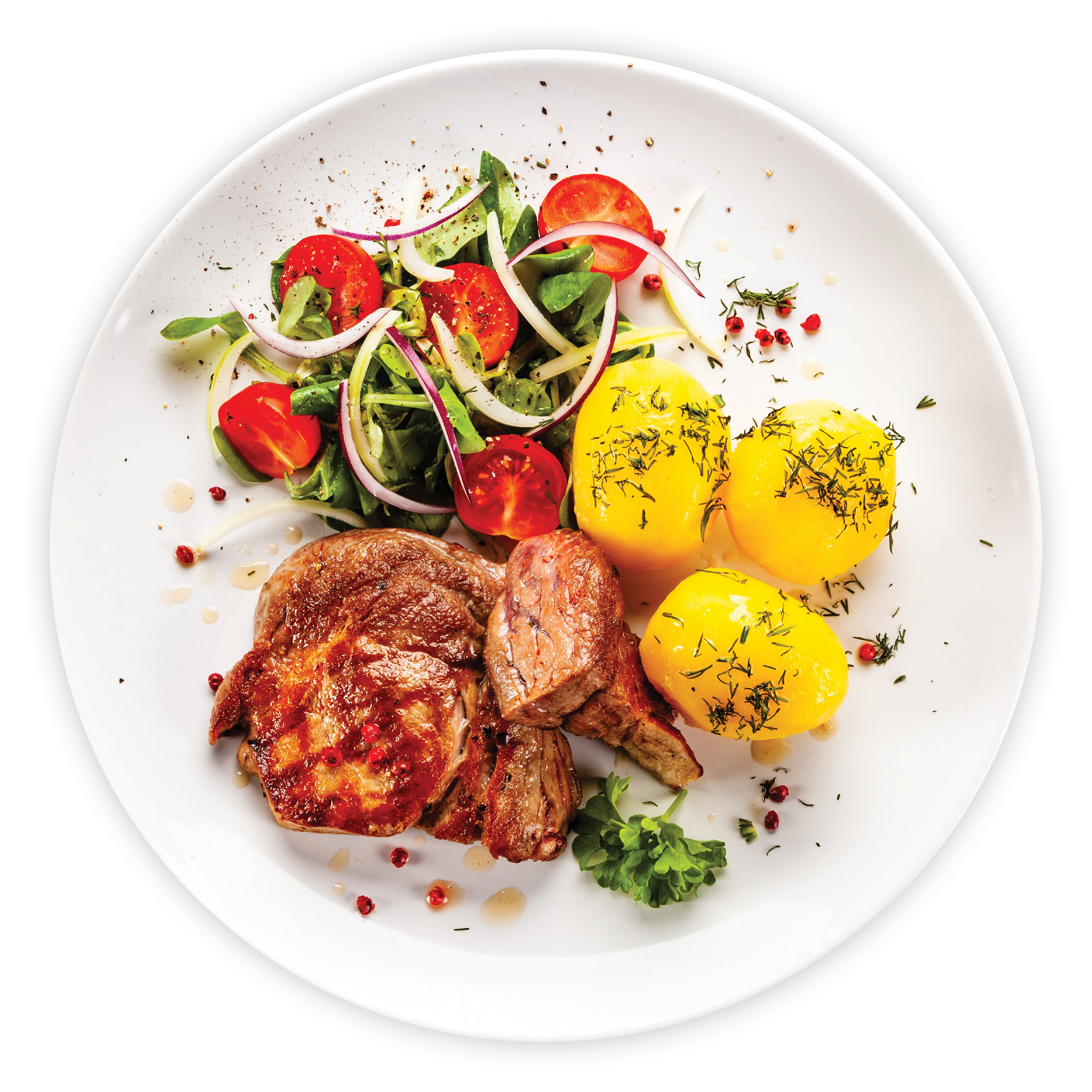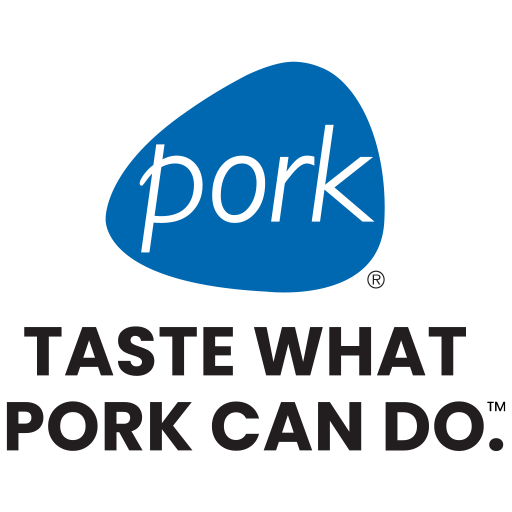Choose Lean Pork
Your guide to health and flavor.
Download this page
Pork tenderloin is one of the leanest, most tender cuts of pork.
Learn More Here
Find the proper pork cooking temperature and enjoy the flavor.
For flavorful, tender and juicy pork, cook lean whole muscle cuts (roasts, chops and tenderloin) until a meat thermometer reads 145° F (medium rare), followed by a 3-minute rest. Ground pork should always be cooked to 160° F.
Benefits of Lean Pork
8 cuts of pork meet USDA guidelines for “lean”*
Lean = less than 10g fat, 4.5g saturated fat and 95mg cholesterol per 100g of meat. Pork tenderloin and sirloin pork chop meet USDA guidelines for “extra lean.”*
Extra Lean = less than 5g total fat, 2g saturated fat and 95mg cholesterol per 100g of meat.

Pork tenderloin is a source of 11 key nutrients.**
Excellent source:
- protein
- thiamin
- riboflavin
- niacin
- vitamin B6
- vitamin B12
- selenium
- zinc
Good source:
- choline
- pantothenic acid
- phosphorous

Practice Portion Control
The average serving size of pork is 3 oz of boneless cooked meat (4 oz raw) – about the size of a deck of cards.
Join the Pork & Partners Community
Join Now*National Nutrient Database for Standard Reference, Release 23. Based on 3-ounce cooked servings (roasted or broiled), visible fat trimmed after cooking.
**U.S. Department of Agriculture, FoodData Central, 2019. Based on 3-ounce serving cooked pork. NDB# 10093. “Excellent” source: 20% or more of Daily Value; “Good” source: 10-19% of Daily Value.

